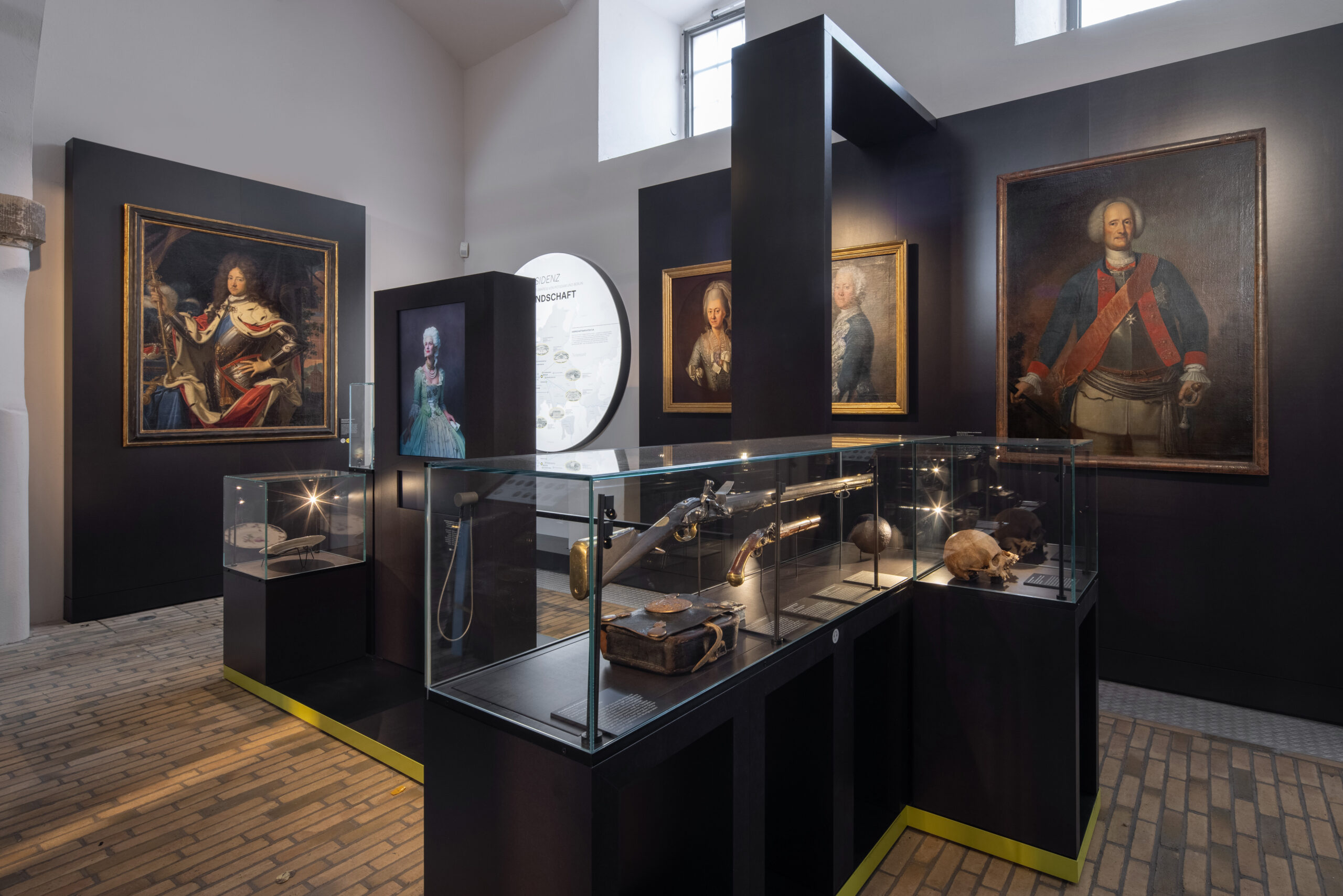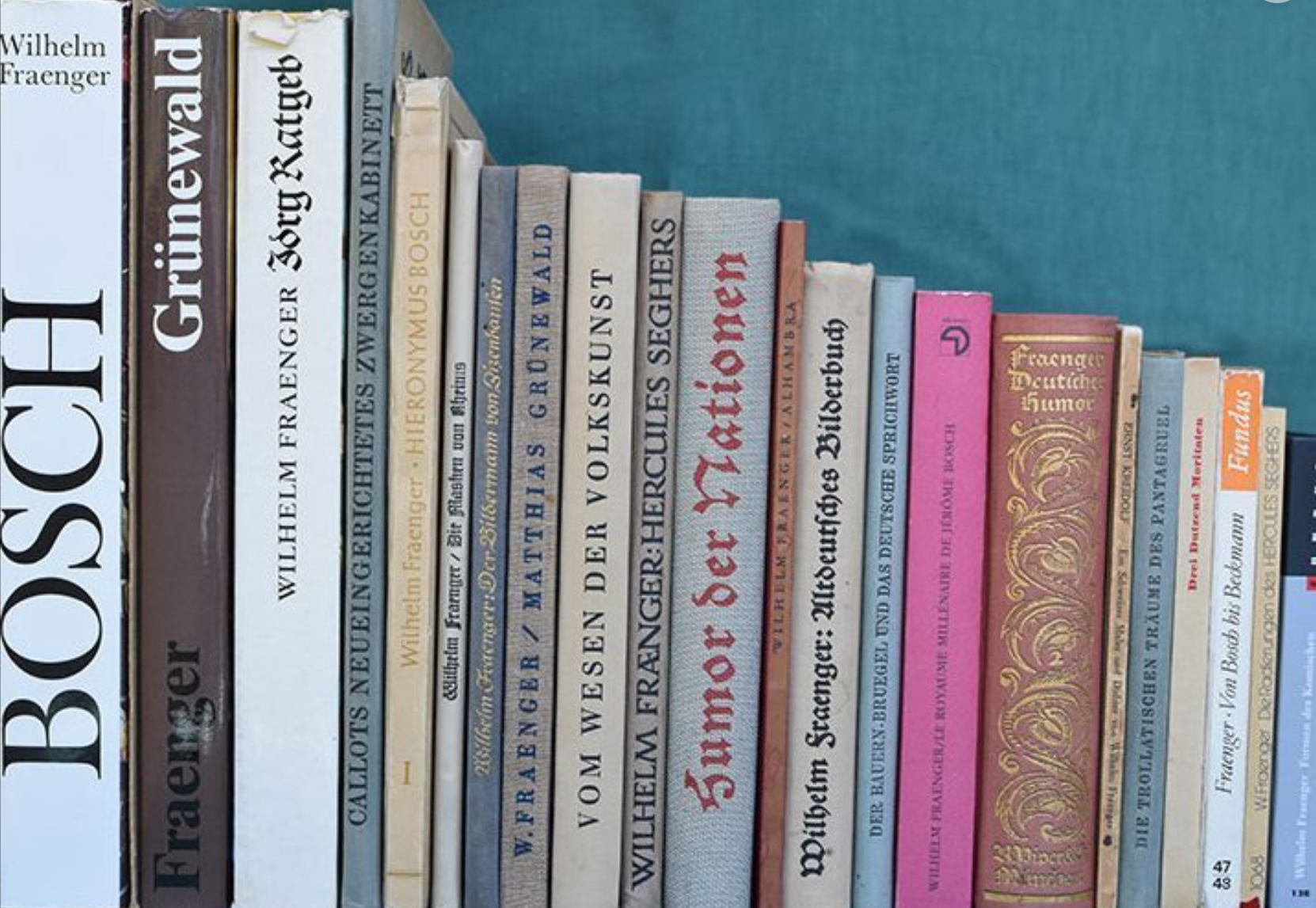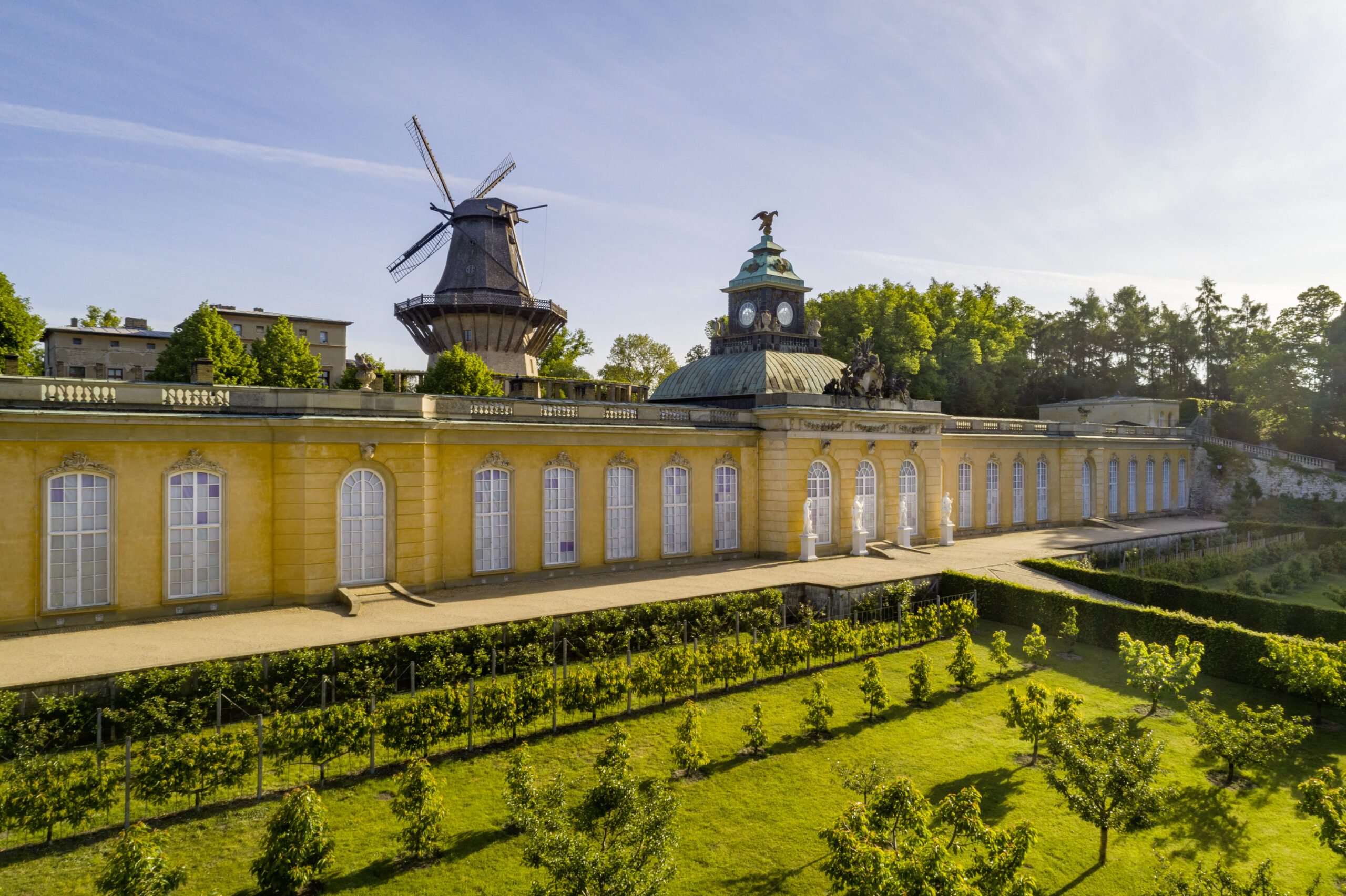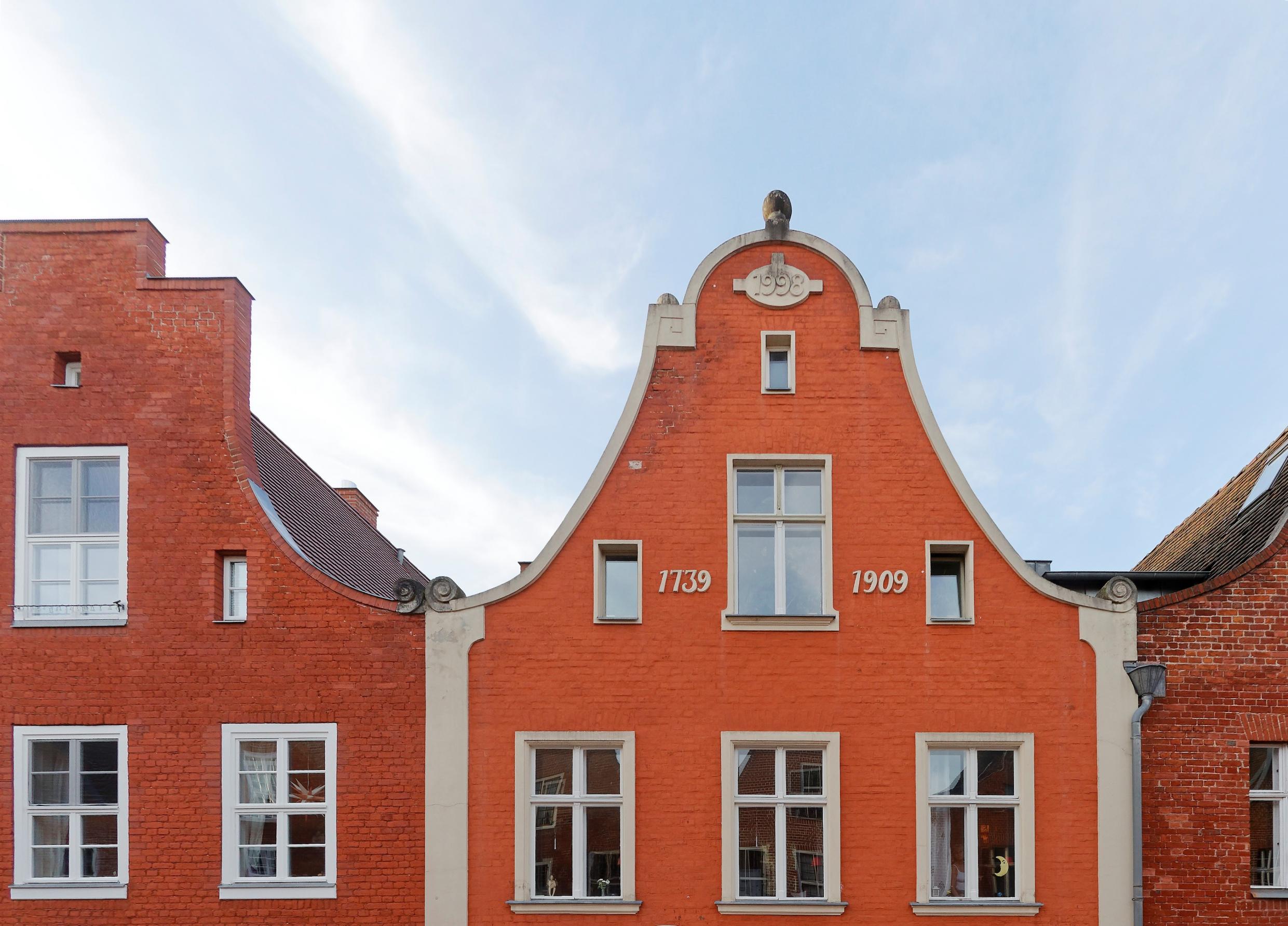
The Dutch Quarter
As part of the second expansion of the city of Potsdam, Frederick William I ordered a district to be constructed in the Dutch style. For this purpose, his emissary in Amsterdam recruited craftsmen whose skills would also contribute to the architectural development of the city.
The Dutch Quarter was built between 1735 and 1742, both to house workers from Holland and as an architectural reminiscence of the Netherlands. The houses along the four city blocks show a rhythmic alternation of gables and eaves. The earliest gables were simple in their design; the two final blocks, however, completed under Frederick II, have more elaborate ones. Carved portals accentuate the rows of houses, while red brick from Rathenow completes the Dutch impression. In the decades that followed, other buildings were added to the Dutch Quarter as well, including houses near the French Church in 1755 and three-story gabled brick buildings near Bassinplatz from 1773 on.
Jan Bouman was one of the first craftsmen recruited from Amsterdam to serve in Potsdam. Trained as a carpenter, joiner, and shipbuilder, he is considered the architect of the Dutch Quarter. Evidence of his work is found in many other locations in the region as well. He realized plans by Georg Wenzeslaus von Knobelsdorff and designed numerous bourgeois houses in Potsdam. Among his most remarkable buildings are the Friedrichskirche in Babelsberg and the Prinz-Heinrich-Palais in Berlin, which now houses the Humboldt University. He rose to the position of steward and chief planning director for the king. In his honor, the museum in the Dutch Quarter is called the Jan Bouman House.
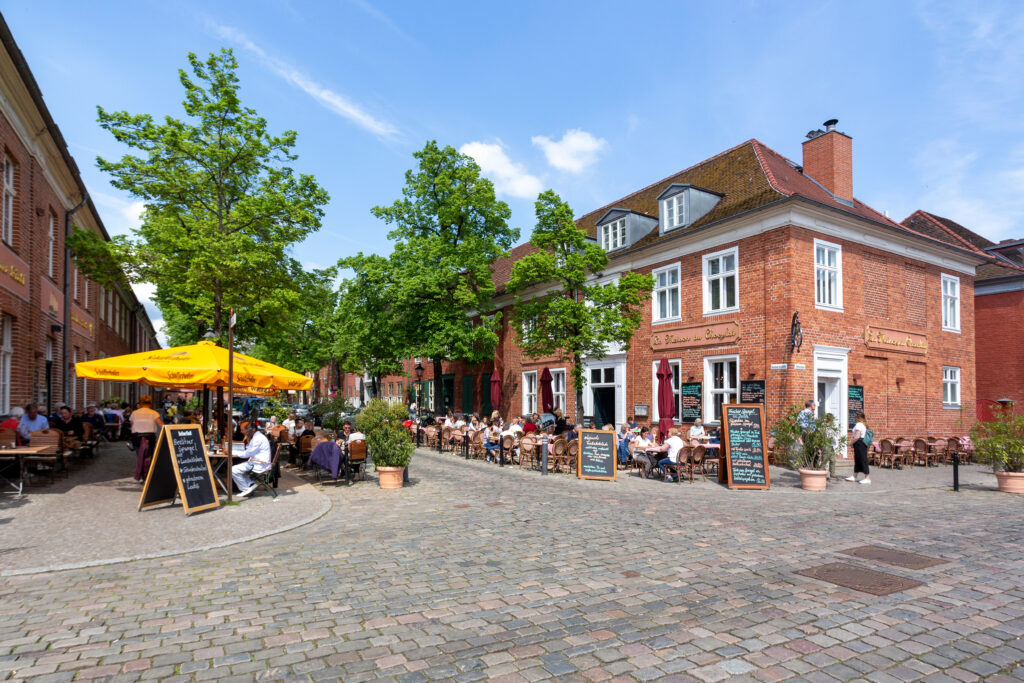
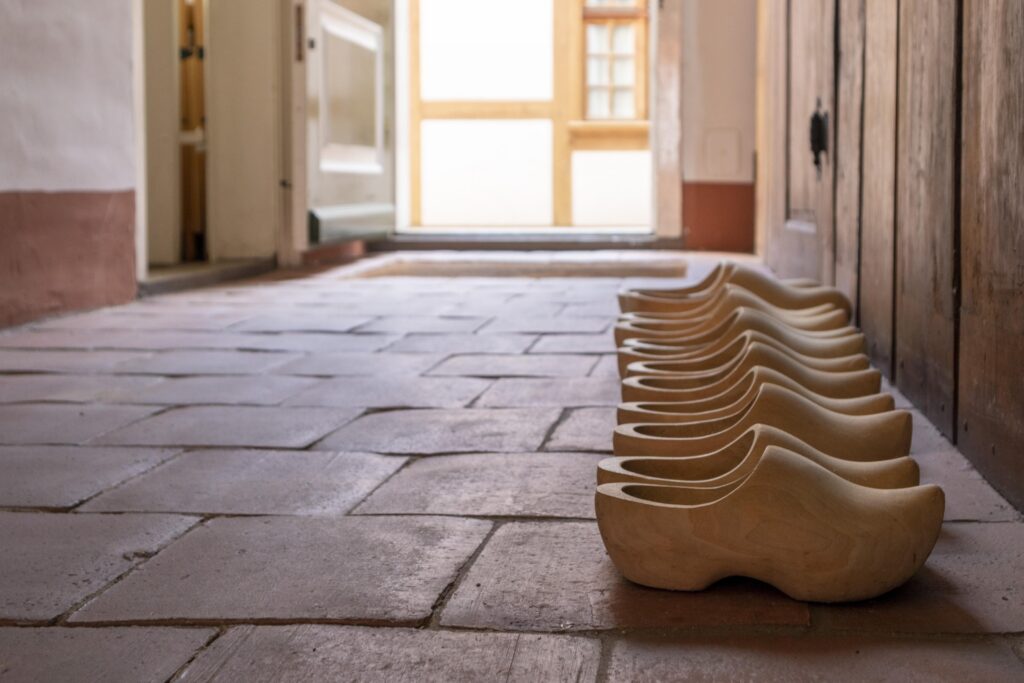
Over the years, other Netherlanders came to Potsdam, including many builders, silk workers, and velvet makers. Some remained only a few years; others, like the Van den Bosch family, are documented in the city until 1906. They maintained contact with their homeland, where the next generation received their training as well. The Van den Bosch family contributed to the development of Potsdam: Christian Ludwig van den Bosch served not only as guild master, but also as one of Potsdam’s first city councilmen. In the nineteenth century, the Dutch Quarter was populated primarily by craftsmen and merchants. Around 1900, the rear courtyards became crowded with low-income tenants, the tidy portals disappeared, and the garrets were enlarged. The reputation of the neighborhood declined. In tourist guides, it was mentioned only as a curiosity associated with the Soldier King Frederick.
In 1975, the Dutch Quarter was declared a historic area; its residents, however, were ageing. The first restorations began when artists started to discover the many empty dwellings. Despite scarce resources, by 1989 thirty-four houses had been restored, and others were being prepared for renovation. When Queen Beatrix of the Netherlands visited Potsdam in 1991, the neighborhood with its artists and squatters exuded a charm all its own. Restored little by little, today the Dutch Quarter is a tourist attraction.
– Susanne Marok, Jan Bouman Haus

This item was taken from the audio walk “Holland in Potsdam”, which was created on the occasion of the exhibition “Clouds and Light. Impressionism in Holland” (8 July – 22 October 2023) and leads to 20 different places in Potsdam with a Dutch connection. Like its predecessor projects “Italy in Potsdam” and “France in Potsdam”, the city tour is permanently available as a free audio tour on the Barberini App and will also be published in the course of 2023 as a art guide in the series of publications of the Stiftung Preußische Schlösser und Gärten.
Header Image: Gables in the Dutch Quarter │ Photo: PMSG, André Stiebitz

